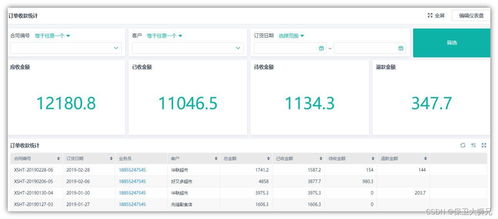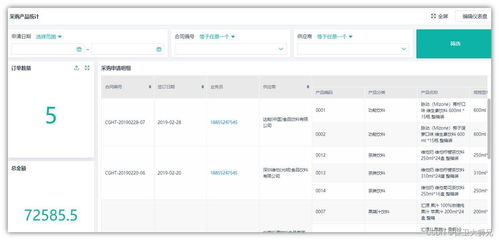Understanding the Basics

When it comes to managing your business operations, especially in the realm of e-commerce and supply chain management, two systems often come up: OMS and WMS. But what exactly are they, and how do they differ? Let’s dive into a detailed comparison to help you understand their roles and functionalities better.
OMS: The Order Management System

OMS, or Order Management System, is a crucial tool for businesses that deal with customer orders. It serves as the central hub for all order-related activities, from receiving and confirming orders to tracking their progress and ensuring timely delivery. Here’s a breakdown of its key features:
| Function | Description |
|---|---|
| Order Processing | Receiving, confirming, and managing orders from various channels like online stores, offline sales, and phone orders. |
| Order Tracking | Tracking the lifecycle of orders from receipt, confirmation, picking, packing, to delivery. |
| Order Status Management | Managing various order states like cancellation, payment, shipping, and more. |
| Order Fulfillment | Ensuring orders are processed and delivered successfully. |
| Reporting and Analytics | Generating reports and analytics to gain insights into order trends and customer preferences. |
WMS: The Warehouse Management System

On the other hand, WMS, or Warehouse Management System, focuses on the day-to-day operations of a warehouse. It helps manage the flow of goods within the warehouse, ensuring efficient storage, retrieval, and shipping of products. Here are the key features of a WMS:
| Function | Description |
|---|---|
| Inbound Logistics | Managing the receipt and storage of incoming goods. |
| Inventory Management | Tracking inventory levels, locations, and movement within the warehouse. |
| Order Picking | Optimizing the process of selecting items from the warehouse to fulfill orders. |
| Shipping and Receiving | Managing the shipping and receiving of goods from suppliers and customers. |
| Reporting and Analytics | Generating reports and analytics to gain insights into warehouse operations and performance. |
Key Differences Between OMS and WMS
While both OMS and WMS are essential for managing your business operations, they serve different purposes. Here are some key differences between the two:
| Aspect | OMS | WMS |
|---|---|---|
| Focus | Order management and customer satisfaction | Warehouse operations and inventory management |
| Functionality | Order processing, tracking, and fulfillment | Inbound logistics, inventory management, order picking, and shipping/receiving |
| Integration | Integrates with CRM, ERP, and other systems for a comprehensive view of the business | Integrates with OMS, TMS, and other systems for seamless warehouse operations |
Choosing the Right System for Your Business
Now that you understand the differences between OMS and WMS, how do you choose the right system for your business? Here are some factors to consider:
- Business Size: Larger businesses with complex operations may benefit from both OMS and WMS, while smaller

